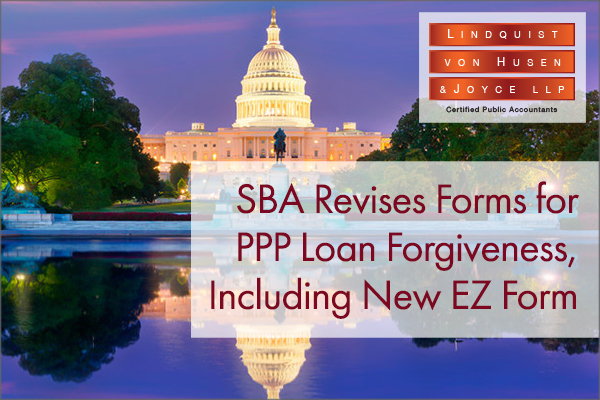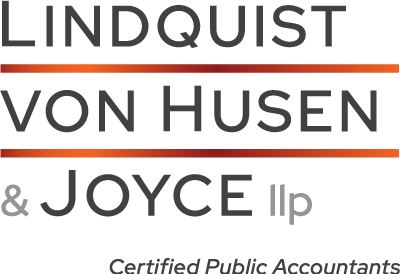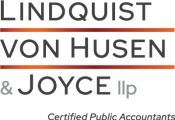
The Small Business Administration (SBA) has issued a revised Form 3508, Paycheck Protection Program (PPP) Loan Forgiveness Application. The SBA also released a streamlined PPP Loan Forgiveness Application, Form 3508EZ. The newly issued application forms were needed to address the changes brought upon by the PPP Flexibility Act (PPPFA) of 2020.
Form 3508EZ
This new three-page form reduces the documentation and calculations required to apply for PPP loan forgiveness. Borrowers can file the EZ application form if they can meet at least one of the following criteria:
- Borrower must be self-employed and had no employees at the time of the PPP loan application;
- Borrower did not reduce salaries or hourly wages by more than 25% for any employee during the Covered Period or Alternative Payroll Covered Period compared to the period between January 1, 2020 and March 31, 2020 (the term “employee” includes only those employees who did not receive, during any single period during 2019, wages or salaries at an annualized rate of pay in an amount more than $100,000), and either:
- Borrower did not reduce the number of employees or the average paid hours of employees between January 1, 2020 and the end of the Covered Period (excluding (1) reductions that arose from an inability to rehire individuals who were employees on February 15, 2020, if the Borrower was unable to hire similarly qualified employees for unfilled positions on or before December 31, 2020, and (2) reductions in an employee’s hours that the borrower offered to restore and the employee refused), or
- Borrower was unable to operate during the Covered Period at the same level of business activity as before February 15, 2020 due to compliance with requirements established or guidance issued between March 1, 2020 and December 31, 2020 by specified government agencies.
If Borrowers do not qualify to file the EZ application form, they must file the revised full loan forgiveness application form.
Covered Period:
Both application forms now allow Borrowers to choose either the 8-week covered period (for loans received before June 5, 2020) or the extended 24-week covered period for determining loan forgiveness.
Maximum Payroll Costs:
The SBA also issued guidance to determine the maximum amount of payroll costs, per employee, that would be eligible for loan forgiveness: $15,385 ($100,000 x 8/52) under the 8-week covered period and $46,154 ($100,000 x 24/52) under the 24-week covered period.
In order to prevent business owners (sole proprietors, general partners, and owner-employees) from potentially receiving loan forgiveness in excess of the amount they were able to borrow against their compensation, the maximum amount is limited to a portion of their 2019 net profit: up to $15,385 ($100,000 x 8/52) under the 8-week covered period or $20,833 ($100,000 x 2.5/12) under the 24-week covered period.
Other Information:
The SBA also clarified that payroll costs during the Covered Period or Alternative Payroll Covered Period do not include:
- Employer health insurance contributions made on behalf of self-employed individuals, general partners, or owner-employees of an S-corporation, because such payments are already included in their compensation.
- Employer retirement contributions made on behalf of self-employed individuals or general partners, because such payments are already included in their compensation.
Both application forms now reflect the requirement that 60% of the PPP loan proceeds must be used for payroll costs in order for the full amount of the PPP loan to be eligible for forgiveness. Prior to the PPP Flexibility Act, the payroll costs requirement was 75% of the PPP loan proceeds.
In addition, safe harbors for excluding salary/hourly wage and full-time equivalency reductions can be applied as of the earlier of December 31, 2020 or the date of loan forgiveness application.
If you have any questions, please contact us at info@lvhj.com.
Learn more about the latest not-for-profit industry news by visiting our blog page.








